Traveling to Puerto Rico, I was completely thrown for a loop. Technically I was still in the United States, but Puerto Rico seemed like it was a world apart. The land and people were a mix of vibrancy and old world charm. Much like the other Caribbean islands that I have visited and not like the United States at all.
On his second voyage to the new world, Christopher Columbus landed on the island of Puerto Rico in 1493. He originally named the island after Saint John the Baptist and the legacy of his naming carries on in the capital area of San Juan. After Columbus’s exploration, it was then up to Ponce de Leon to settle the island in the name of the Spanish crown. The settling of which lasted four centuries. With the conclusion of the Spanish-American war in 1898, the land of Puerto Rico became a U.S territory, and with the Panama canal nearby, the island would be strategically important for American shipping.
Located to the East of the Dominican Republic, the island of Puerto Rico is a self-governing commonwealth of the U.S. It’s not a state but it is still technically part of the United States making it a distinct and culturally unique American spot, mostly because there isn’t really that much “American” about it. The culture is distinctly Caribbean and more closely related to what you’ll find in other former Spanish colonies such as Cuba or the Dominican Republic rather than anywhere else on the mainland. The food, the architecture, the language, and the way of life all reflect this. And yet, despite this, Puerto Rico still wants you to know that this little island is in fact America. U.S and Puerto Rican flags fly side by side, the locals speak English (though Spanish is the dominant language), baseball is huge, and so is the NBA. Sometimes Puerto Rico can feel like its own country while still also feeling oddly American. IF you’re visiting this little island, check out some of the best things to do in Puerto Rico.
Spend a day strolling through Old San Juan
Named after Saint John and the original name of Puerto Rico, Old San Juan is the hub of culture in the city. Although it is arguably the most tourist-heavy place on the island, it would be amiss to not at least spend some time wandering around the old colonial outpost taking in the sights. It was here where the Spanish established their colony on the island and the area reflects that. Spanish colonial architecture remains and sets the aesthetic of the neighborhood while cobblestone roads, plazas, and fountains will make you feel like you took a trip through time.
Fort San Felipe del Morro: The Fort San Felipe del Morro is one of the most iconic features of the island of Puerto Rico. Built in the 16th century, the Spanish built the fort on the coast to guard the entrance to San Juan Bay in the event of a seaborne attack. The first garrison of soldiers here was actually from Portugal and while some brought their wives, many would marry local women and to this day, there are still Puerto Rican families with Portuguese last names. The fort proved to be an effective defense point because, in 1595, English forces commanded by Sir Francis Drake were the first to unsuccessfully attack. Following him was another English attack in 1598 which succeeded although the invaders succumbed to a spread of dysentery and had to leave the island giving it back to the Spanish. Following the successful invasion, the Spanish decided to improve the fort, and the next two attempts to invade, once by the Dutch in 1625, then again by the English in 1797 were repelled. The last time Fort San Felipe del Morro would see action was the American Naval bombardment in the Spanish-American War in 1898. The fort is now preserved as a museum and park and is a UNESCO World Heritage Site.
Mercado Agrícola Natural Viejo San Juan: With tons of tourists around, it might seem a little hard to remember that there are locals here. Every Saturday morning, the Mercado Agrícola Natural Viejo San Juan is the local hotspot for fresh food and produce. The big plaza in front of the San Juan Museum plays host to the agricultural market and because the island imports 85 percent of its food, supporting local farmers and businesses is seen as an act of island solidarity. There’s a bit of hippie and bohemian vibe here with available products like handmade trinkets, artisanal wares, and locally brewed Kombucha. If you want a taste of local life, this is the place.
Drink: What’s the point of visiting the Caribbean if you’re not going to indulge in some delicious cocktails filled with fruity flavors. San Juan is the birthplace of the Pina Colada so why not partake in the national drink and head to where the iconic beverage was invented. Legend has it that a bartender at the Caribe Hilton in 1954 first blended some run, coconut cream, and pineapple juice and it has since been a hit. The Caribe Hilton still stands and offers Pina Coladas by the dozen. They also have an oceanfront beach and bar so why drink with a view?
For a taste of old San Juan, check out the beautiful La Factoría. Everything here radiates “old San Juan” that it almost feels like a movie set. The worn leather couches, scuffed checkerboard floor, and chalkboard menu make the dimly-lit bar feel more like an underground speakeasy rather than a hip and cool Puerto Rico bar. The bar is a little hard to find being tucked away in a nondescript building with no sign so just follow the crowd. La Factoría is known for its amazing cocktails and fun mix of locals and tourists alike.
Puerto Ricans love sports and Nono’s is the best sports bar in town. Don’t get it confused with your typical sports bar you’ll find on the mainland, Nono’s is a sports bar with a very quintessential San Juan aesthetic. Approaching the buttercup-yellow colonial building, you’ll immediately see people spelling out the door. Nono’s is buzzing and if there’s a game on, you’ll hear the cheering too. The beer is cold, and seeing as this is a sports bar, a fried offering of food is also available. Be sure to wash down your cold cerveza with a side of tostones.
Eat your way through the Pork Highway
Known officially as the “Ruta de Lechon” the Pok Highway in Puerto Rico is where you’ll find some of the best meaty delights. The Pork Highway is a three mile stretch of road in the area of Guavate. The region is generally pretty quiet and sleepy but if you’re looking for amazing local food, this is the place. Like the name suggests, every restaurant here specializes in pork with a very central emphasis on the lechón. Lechón is a whole pig, spit roasted, covered in juices, and Puerto Rican spices that slow roasts for hours on end, rotating in its own juices. But the Pork Highway has a lot more to it than just lechón. Blood sausage, various stews, and sandwiches are also found here and because the place attracts various degrees of people, you can also expect a pretty jovial and festive atmosphere. It’s basically a big, long block party.
Check out the views at Cueva Ventana
Located in the town of Arecibo, the Cueva Ventana is about an hour outside of the city of San Juan. Roughly translated to “cave window”, the Cueva Ventana are a sight to behold. The limestone caves overlook the cliffs, valleys, and the river below. Guided tours are available so for the nature lovers out there and hiking enthusiasts, don’t miss out on getting some of the best views the island has to offer.
Visit the United States’s only Tropical Rainforest
El Yunque National Forest is the only tropical rainforest in the U.S National Forest system so that in itself offers a unique experience. But more than just that, El Yunque National Forest offers an incredible amount of biodiversity with over 240 different tree species alone. Strap on your hiking boots and hit the trails and take in the sights of the local flora and fauna. Lizards, frogs, and the island’s unofficial mascot the coqui are in abundance and there’s no real large predatory wildlife to worry about. Moreover, the rainforest is great for beginner hikers with clearly defined paths and easy-going trails. While you’re here, check out the La Coca Waterfall and the Yokahu Tower offering incredible panoramic views.
Museo de Arte de Puerto Rico
Located on San Juan the Museo de Arte de Puerto Rico, was once a hospital but since 1995 the space has been lovingly restored into a museum. The grand palatial building has been hosting the works of Puerto Rican artists with works from the 17th century to the present day and not only features the work of island residents but also the work of Puerto Rican artists living on the mainland. Everything from sculptures to paintings depict life and culture of Puerto Rico and its diaspora.
Hit the Beaches
With the warm tropical weather, deep blue waters, and soft sandy beaches, it’s no surprise that one of the biggest draws to Puerto Rico is the island’s amazing beaches. There’s quite a few of them so plan ahead of time and you can enjoy a whole bunch of them.
Playa La Pocita: Located in Loiza, this beach is a beautiful spot to spend the entire day. For a 10$ cab ride from the city, the beach is lined with snack and drink kiosks, serving traditional Puerto Rican cuisine. Other than that, the beach leans on the minimalism so be sure to pack your things accordingly. The beach access is free, all you need is an umbrella and a water bottle.
Flamenco Beach: Offering white, soft sand, Flamenco Beach is where the fun happens. Shimmering water stretching out onto the horizon and tons of amenities, Flamenco Beach is a great time. Flamenco Beach offers the picture perfect Caribbean beach vacation complete with lifeguard stands, bathrooms, volleyball nets, and food kiosks. Sip a pina colada while the kids build a sandcastle and enjoy the sand and the sun.
Isla Culebrita: The lively and charming towns of Puerto Rico are tons of fun, but there’s something serene about getting out of the hustle and bustle and lounging in your own personal paradise. Isla Culebrita is an uninhabited island off the eastern coast and because of its isolation the water and the sand are pristine. It’s a great place to wade in tide pools or snorkel through the colorful and lively coral reefs.
Playa Sucia: Ranked as one of the best beaches in the Caribbean, Playa Sucia is so pristine that you might feel bad laying down your towel and walking through the sand. The water here is incredibly clean, so much so that you feel and see every little grain of sand between your toes when you walk through the water. A wildlife reserve and old-fashioned lighthouse are within walking distance but the real charm of Playa Sucia is the paradores.Paradores are old-style Spanish inns and Puerto Rico has laws in-place to keep them as authentic as possible, so if you’re looking for a cool and unique place to stay, you’ve found it.
Charco Azul: While it might not really be a traditional beach, it is a spot that’s pretty off the beaten path and where you can cool down. Charco Azul means “blue pond” and it’s a local favorite located deep in a forest in the Cayey region. It’s hard to find so you might have to ask someone “in the know” about it to find it.
Our Final Word
If you are looking for world class beaches, incredible museums, unbelievable rain forests then head to Puerto Rico. We haven’t gone enough and need to get back.
1 Comment
Submit a Comment
Related Posts
Sun, Sand, and Adventure: Top 5 Things to Experience on Fort Myers Beach
Fort Myers Beach offers a paradise for sun-seekers and adventure enthusiasts alike. Dive into crystal-clear waters teeming with vibrant marine life, or soak up the sun on the pristine sandy shores. Embark on thrilling water sports, explore the enchanting Lovers Key State Park, or indulge in fresh seafood at waterfront restaurants.
Kaktovik: A Hidden Gem for Polar Bear Enthusiasts
Nestled on the edge of the Arctic Ocean, Kaktovik is a hidden gem for polar bear enthusiasts. This remote Alaskan village offers a unique opportunity to witness these majestic creatures up close. From guided tours to breathtaking wildlife encounters, Kaktovik promises an unforgettable adventure for those seeking an intimate connection with nature’s most iconic symbol of the frozen wilderness.
From Mountains to Waterfalls: 5 Outdoor Adventures in Western North Carolina
From Mountains to Waterfalls: 5 Outdoor Adventures in Western North Carolina takes you on a thrilling journey through the breathtaking landscapes of this region. Hike to the summit of Mount Mitchell, the highest peak east of the Mississippi, or chase waterfalls in Pisgah National Forest. Get ready for an unforgettable adventure in nature’s playground.

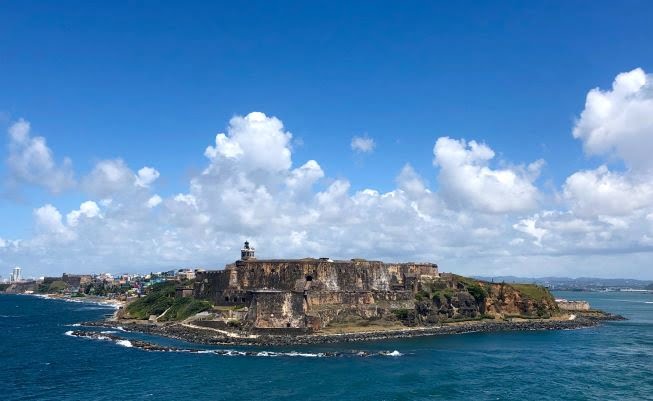
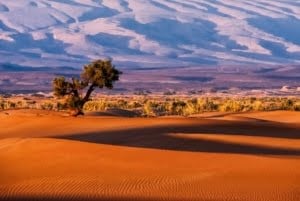
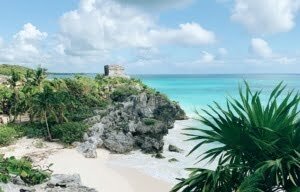

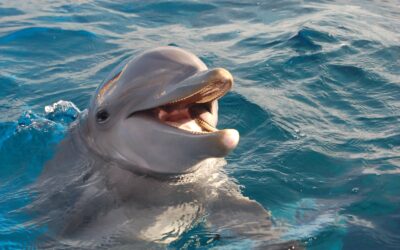
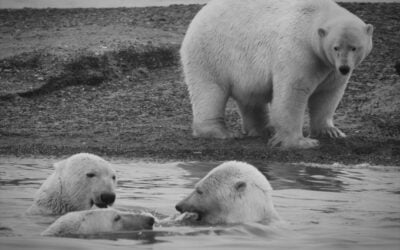

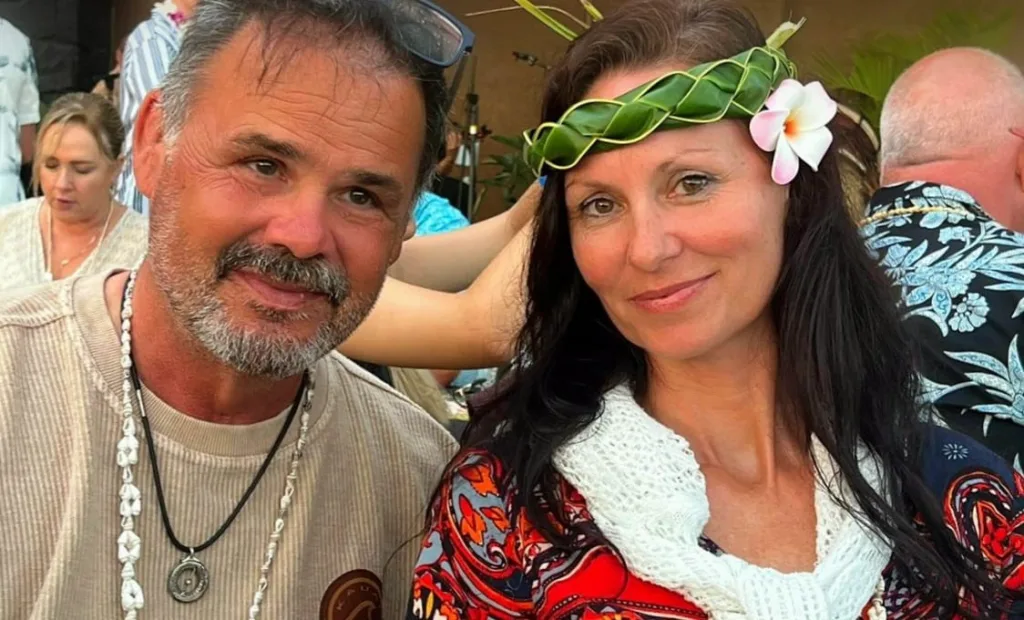
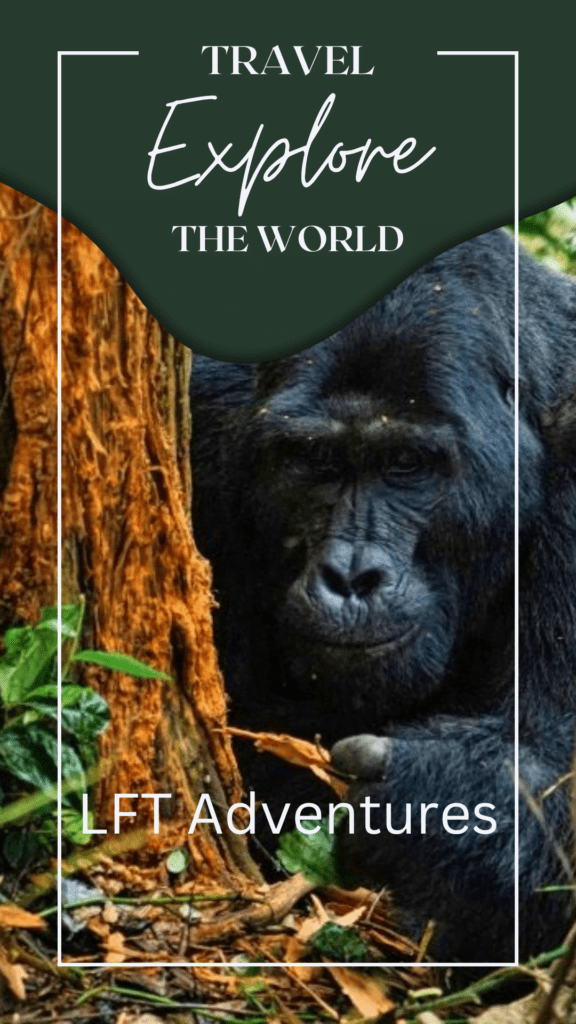
Such a lovely couple making time sharing great information. Thanks guys!!